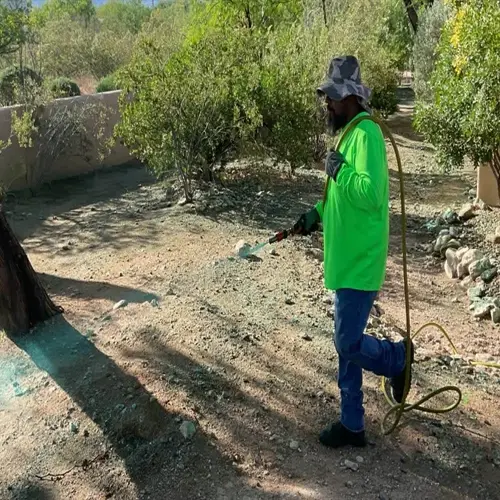Can scale insects spread to nearby plants?

Written by
Benjamin Miller
Reviewed by
Prof. Martin Thorne, Ph.D.Scale insects spread aggressively by means of crawlers that pass from plant to plant. These little nymphs travel through the air on wind currents, clothing, or gardening tools. Infestations have been observed to spread from bench to bench in the greenhouse within a few days. Knowing the methods of transmission will enable you to patrol against outbreaks before they cripple your collection.
Immediate Isolation
- Quarantine infested plants in separate rooms
- Use physical barriers like plastic sheeting
- Maintain isolation for minimum 4 weeks
Tool Sanitization
- Soak pruning tools in 70% alcohol for 5 minutes
- Wipe plant stakes and ties with disinfectant
- Use separate tools for infested plants
Ant Control Measures
- Apply ant baits around plant bases
- Create sticky barrier bands on tree trunks
- Remove aphid colonies ants protect
Environmental Control
- Space plants to prevent leaf contact
- Use fans to disrupt crawler movement
- Avoid overhead watering during outbreaks
Monitoring Protocol
- Check nearby plants daily for 30 days
- Use yellow sticky traps to catch crawlers
- Inspect with 10x magnifier weekly
Indoor plants, however, have a greater risk of spreading insects than outside gardens. In a closed area, crawlers can easily migrate from pot to pot. Increase spacing between plants and use separate saucers. My collection of orchids remained scale-free by keeping new arrivals in a separate room for inspection and evaluation.
Ants substantially speed scale dispersal. They carry crawlers to new plants during honeydew gathering. Break the cycle with boric acid baits placed by the plant bases. I have eliminated ant highways by applying diatomaceous earth around the greenhouses' foundations, preventing crawler transport.
Long-term control necessitates constant surveillance. Even after visible scales are gone, the eggs may hatch several weeks later. Continue the inspections for a period of two months using sticky traps. I have been successful in controlling the citrus scale by checking adjacent trees every three days for a period of six weeks.
Your gardening practices affect the risk of spreading. After handling infested plants, always wash your hands. Change clothes before entering clean growing areas. Use designated tools for quarantine zones. These simple management practices prevented cross-contamination in my nursery.
Read the full article: Scale Insect Treatment Methods Explained

